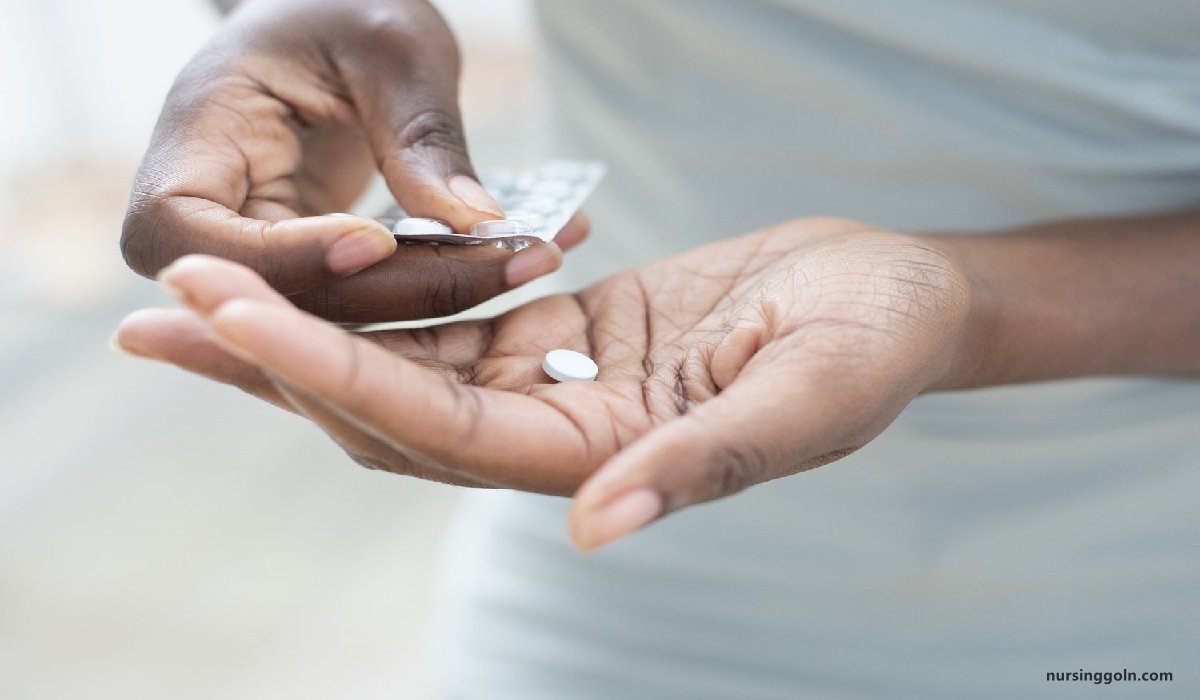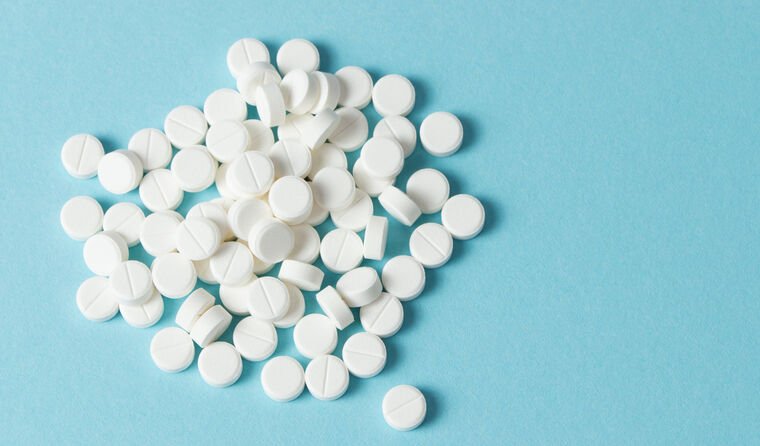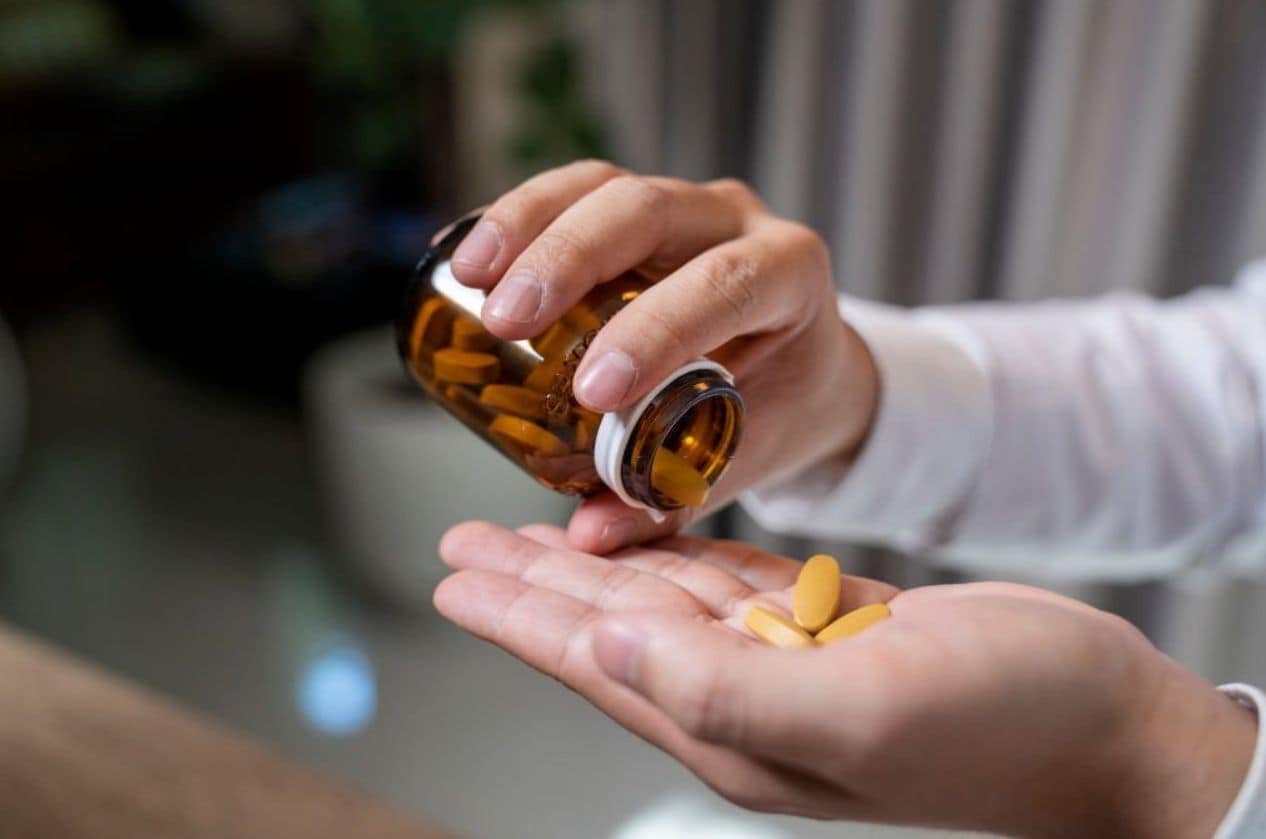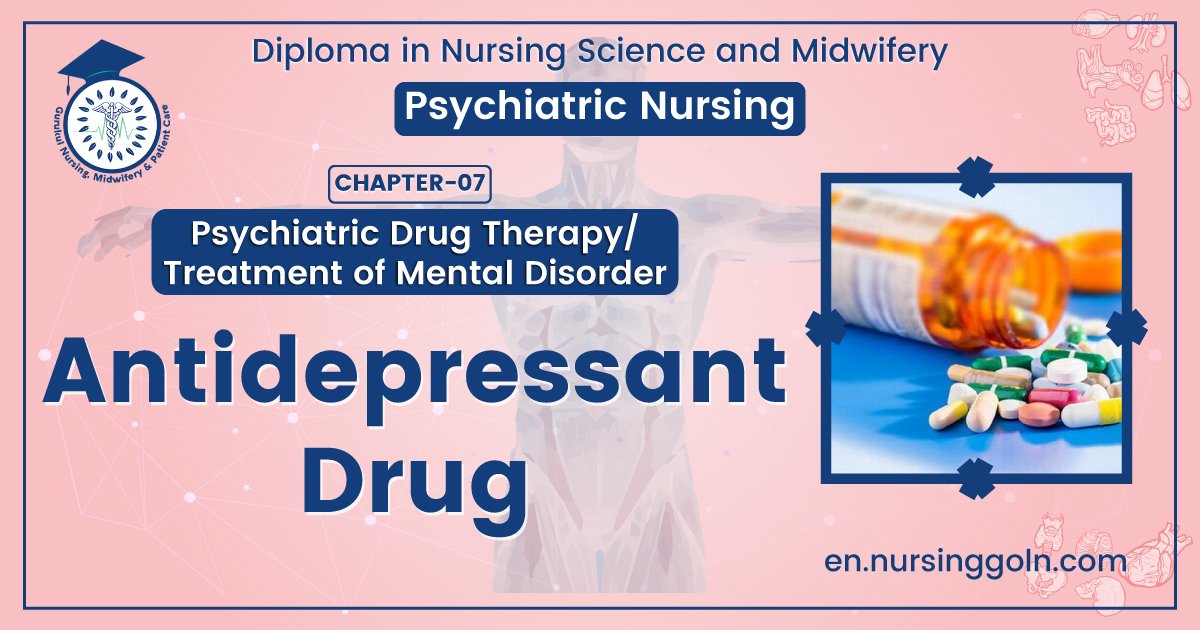Antidepressant drug – This book covers the entire syllabus of “Psychiatric Nursing” prescribed by the Universities of Bangladesh- for Basic and diploma nursing students. We tried to accommodate the latest information and topics. This book is an examination-friendly setup according to the teachers’ lectures and examination questions.
At the end of the book previous university questions are given. We hope in touch with the book students’ knowledge will be upgraded and flourish. The unique way of presentation may make your reading of the book a pleasurable experience.

Antidepressant drug
Depression:
A mental or physical condition characterised by insomnia, anorexia, irritability, emotionalization, impaired concentration and suicidal tendency is termed as depression.
Symptoms of depression:
1. A general feeling of misery apathy and hopelessness
2. Preoccupation with guilt, inadequency and ugliness,
3. Inanition
4. Loss of appetite
5. Slowing of movements
6. Indecisiveness.
Define antidepressant drug.
Antidepressant
Drugs that are used to treat pathological depression are called antidepressant drugs
Classification of antidepressants:
| Drug group | Generic name | Dose (mg/day) |
Tricyclic antidepressants (TCA) | Imipramine | 50-300 |
| Amitriptyline | 50-300 | |
| Nortriptyline | 50-150 | |
| Doxepin | 50-300 | |
| Dothepin | 50-300 | |
| Trimipramine | 50-200 | |
| Clomipramine | 50-200 | |
Selective serotonin reuptake inhibitor (SSRI) | Fluoxetine | 20-80 |
| Citalopram | 10-40 | |
| Escitalopram | 10-20 | |
| Serfaline | 50-100 | |
| Paroxetine | 12.5 – 50 | |
| Fluvoxamine | 50-200 | |
Serotonin and noradrenaline reuptake inhibitors | Venlafaxine | 75-300 |
| Desvenlafaxine | 50-100 | |
| Duloxetine | 20-60 | |
| Milnacipran | 50-100 | |
| Bupropion | 75-450 | |
| Trazodone | 50-150 | |
Alpha 2 adrenoceptor antagonists | Mirtazapin | 15-30 |
Mono amine oxidase inhibitors | Moclobemide | 300-600 |
[Ref: S Nambi/24/183-184]

Indications of antidepressants:
A. Depressive disorders-
1. Severe depression
2. Moderate depression
3. Dysthymia (mild depression)
4. Atypical depression
5. Bipolar depression
6. Postpartum depression
7. Adjustment disorder with depression
8. Depression in organic mental disorders
9. Depression in psychosis
B. Neurotic and stress related disorders
1. Panic disorders.
2. Obsessive compulsive disorder (OCD)
3. Phobic disorders
4. Post-traumatic stress: disorder(PTSD)
5. Somatoform disorders
6. Acute stress reaction.
C. Eating disorders-Bulimia.
D. Sleep disorders-insomnia and parasomnias.
E. Pain disorders-Fibromyalgia, neuropathic pain disorders.
F. In children-ADHD, school refusal, nocturnal enuresis, childhood depression.
[Ref: S Nambi/24/181-1821]

Side effects of antidepressants:
Mechanism of effects | Adverse effects |
Anti-histaminic action | ➤ Sedation |
| ➤ Lassitude | |
| ➤ Fatigue | |
Increase sympathetic activity | ➤ Tachycardia |
| ➤ Sweating | |
| ➤ Agitation | |
| ➤ Psychosis | |
Anti-muscarinic action | ➤ Dry mouth |
| ➤ Blurred vision | |
| ➤ Constipation | |
| ➤ Urinary retention | |
| ➤ Tachycardia | |
➤ Cognitive impairment | |
➤ Sexual dysfunction | |
CVS (a-adrenergic blocking action) | ➤ Orthostatic hypotension |
| ➤ Arrhythmia | |
➤ Delayed cardiac conduction | |
Neurogenic | ➤ Mania |
| ➤ Convulsions | |
Allergic | ➤ Cholestatic jaundice, |
| ➤ Agranulocytosis | |
| Blood | ➤Hemolytic anemia |

Read more:
